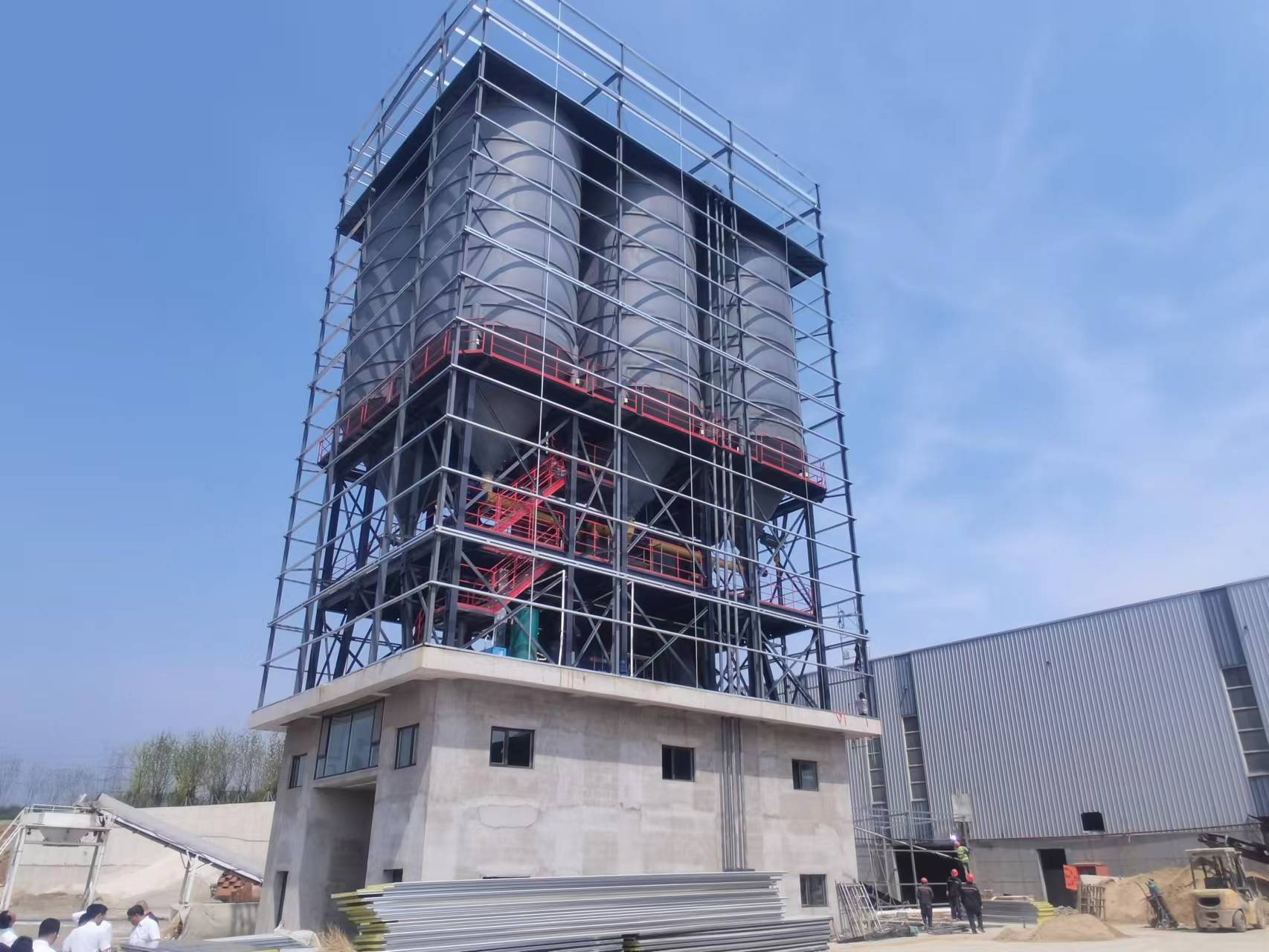Bucket Elevator Batching Plant VS Belt Conveyor Batching Plant: A Reference for Concrete Batching Plant Selection
Release Time:
2025-10-09
Source:
Recently, with the diversified advancement of infrastructure projects, the selection of concrete batching plant equipment has become a focus of the industry. Xinxing Construction Machinery Co., Ltd. will introduce how bucket elevator batching plants and belt conveyor batching plants leverage their respective differentiated advantages to play core roles in different scenarios, providing diversified solutions for project construction.
In terms of site adaptability, the "compact advantage" of bucket elevator batching plants is particularly prominent. According to on-site calculations, relying on a vertical lifting structure driven by a winch and wire rope, the modular design of such equipment reduces the floor area by 1/3 to 2/3 compared with traditional layouts. In space-constrained scenarios such as narrow construction sites and rural infrastructure projects, the main station can be installed and put into operation in just 2 days. However, belt conveyor batching plants rely on inclined conveyor belts to transport aggregates; although their layout can be optimized through hoods, they occupy a larger overall floor area and are more suitable for large-scale commercial concrete bases with open spaces.
In terms of production efficiency, the "continuous operation capability" of belt conveyor batching plants stands out. Industry technical parameters show that their closed circular conveyor belts can achieve uninterrupted operation, with a material feeding speed that is more than 20% higher than that of bucket elevator batching plants. They are compatible with HZS90 and above models of batching plants, and can meet the large-scale continuous production needs of commercial concrete enterprises. Although bucket elevator batching plants realize synchronous batching and mixing through the lower temporary storage hopper, they are limited by the single-bucket lifting cycle mode, so their output is more suitable for small and medium-sized stations such as HZS25-HZS75.
In terms of cost and operation & maintenance, the two types have their own focuses. Bucket elevator batching plants have lower initial investment, energy consumption and infrastructure costs due to their simple structure and small motor power. In addition, devices such as rope slack switches and overhoisting protection further reduce safety maintenance costs. Although belt conveyor batching plants require higher equipment and electricity investment, their conveyor belt tensioning devices can flexibly adjust the tension, resulting in low failure rates and convenient maintenance. In high-capacity scenarios, their long-term economic efficiency is more significant.
"Selection should be comprehensively determined based on project scale and site conditions," industry experts pointed out. The flexible and energy-efficient features of bucket elevator batching plants make them the first choice for self-use in projects and field operations; while the efficient and stable advantages of belt conveyor batching plants, combined with automated control systems, have become the standard configuration for urban commercial concrete stations and large-scale infrastructure projects. Both together promote the development of concrete production equipment towards refinement and scenario-specificity.

Related Information
